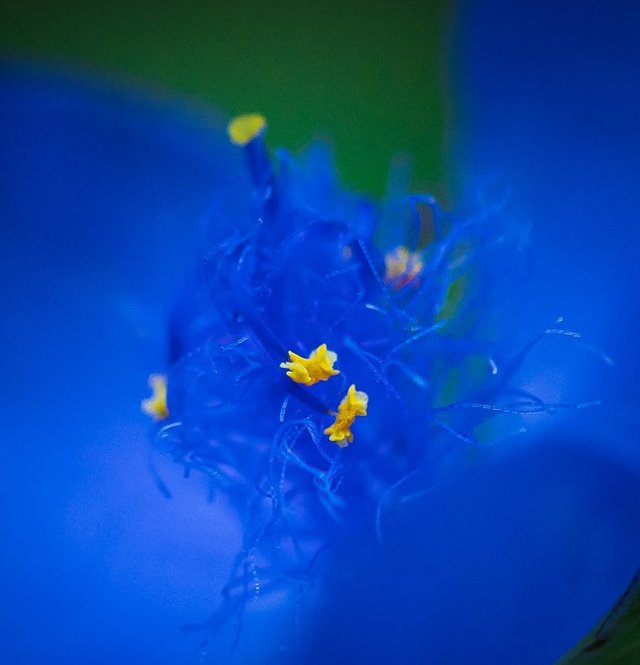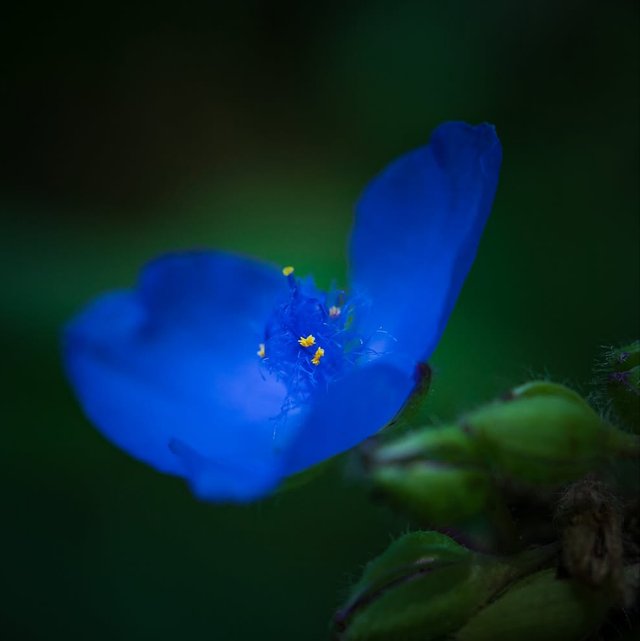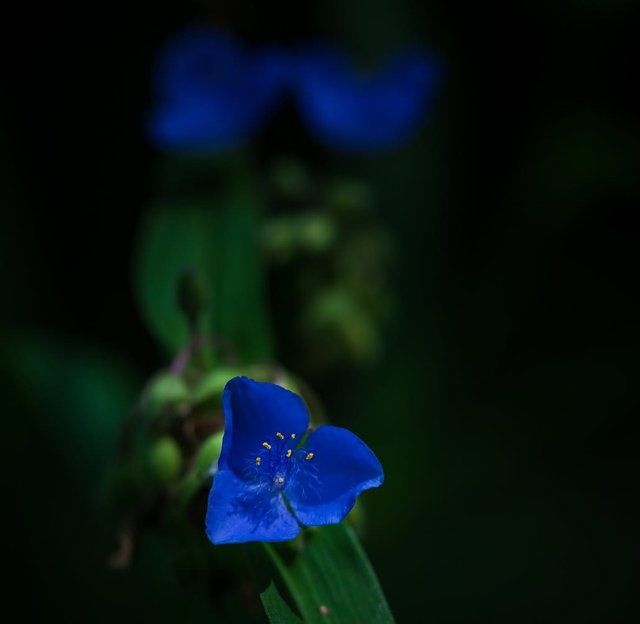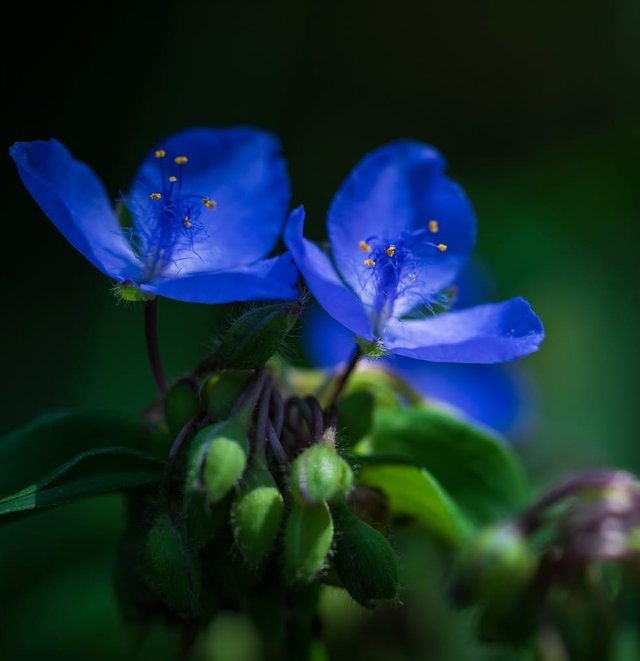Virginia Spiderwort So Beautiful Flower
Virginia Spiderwort: A Graceful Native Wildflower
The Virginia spiderwort is a charming perennial wildflower native to the eastern and central United States. Known for its vibrant blooms and adaptability, this plant is a staple in native plant gardens, wildflower meadows, and shady borders. With its grass-like foliage and three-petaled, jewel-toned flowers, the Virginia spiderwort offers both aesthetic and ecological value. Its graceful form and resilience make it a beloved choice for gardeners and naturalists alike.
Botanical Background and Classification
Scientific name: Tradescantia virginiana
Family: Commelinaceae
Common names: Virginia spiderwort, bluejacket
Plant type: Herbaceous perennial
Virginia spiderwort was named after John Tradescant, a 17th-century English naturalist and gardener to King Charles I. The genus Tradescantia includes about 75 species, many of which are native to North and South America. T. virginiana is one of the most widely cultivated and recognized among them.
Physical Description
The Virginia spiderwort is a clump-forming plant that typically grows to a height of 1 to 3 feet. It features narrow, arching, grass-like leaves that can reach lengths of up to 18 inches. The leaves are arranged alternately along the stem and can add a soft, flowing texture to garden compositions.
The most striking feature of this plant is its flowers. Blooming from late spring to early summer, the blossoms are composed of three rounded petals, usually in shades of violet-blue, though variations in purple, pink, and even white can occur. Each flower lasts only for a single morning, closing by mid-day, but the plant produces a steady succession of blooms over several weeks.
Habitat and Distribution
Virginia spiderwort is native to a broad swath of the eastern United States, ranging from southern Ontario and New England to the Midwest and parts of the South. It thrives in open woodlands, thickets, meadows, and roadsides.
The plant is adaptable to a variety of soil types, preferring moist, well-drained soil but tolerating dry conditions once established. It grows in full sun to partial shade, though it tends to perform best with morning sun and afternoon shade in hotter climates.




%20(8).jpeg)